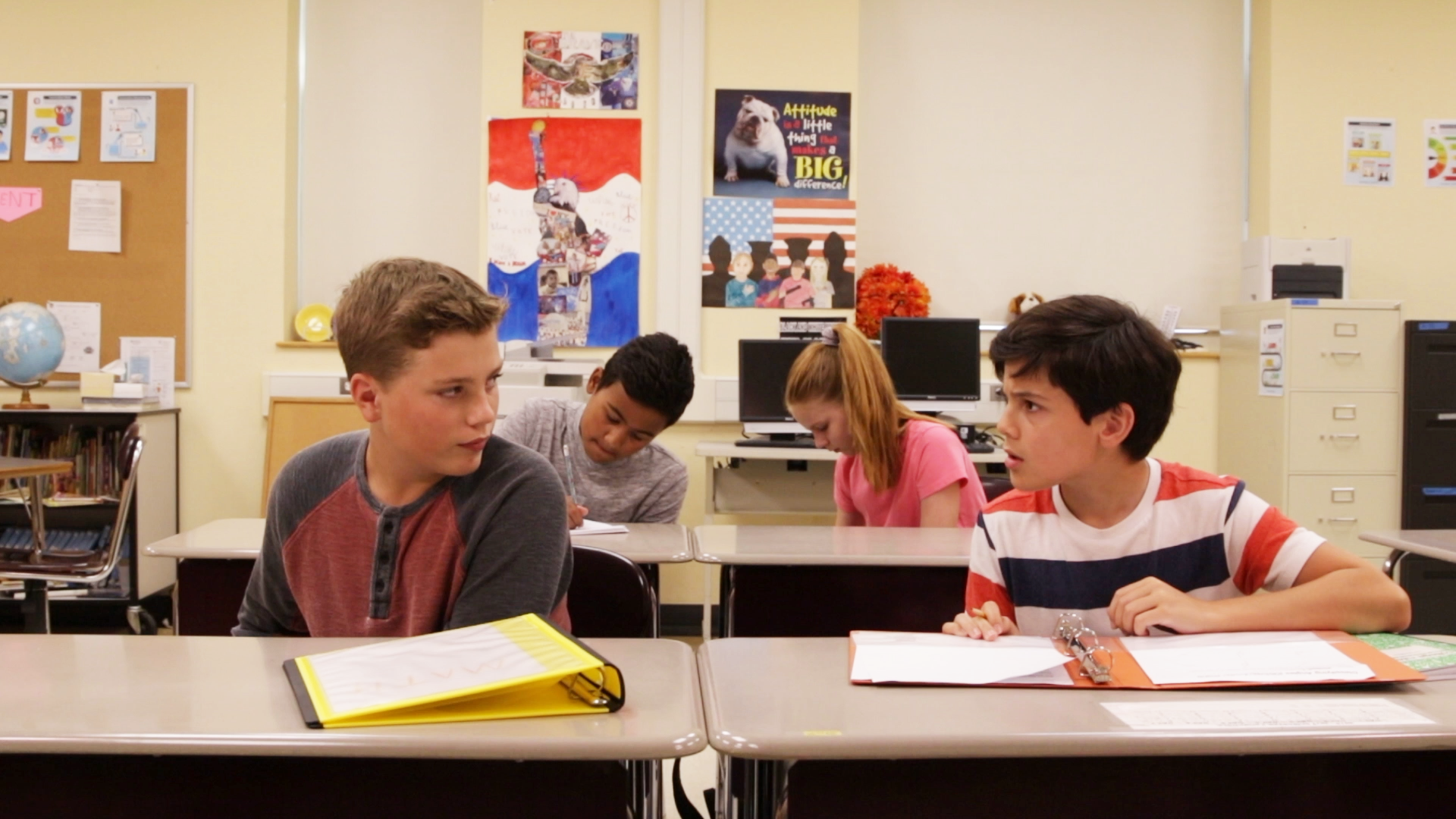
Introduction
Disagreements and arguments are an inevitable part of life, especially when it comes to young children learning to navigate social situations. Conflicts can arise from misunderstandings, clashing interests, or simply the need to assert oneself. Teaching Kindergarten students effective ways to handle conflicts with friends is essential for their social-emotional development. Through the use of Problem-Solving Steps, children can learn to identify and resolve issues, leading to better friendships and a more harmonious environment.
No-Prep Activity: The Conflict Resolution Role-Play
This activity requires no preparation or materials and is an excellent way to introduce Kindergarten students to the concept of conflict resolution. To begin, gather the children in a circle and explain that they will be acting out a scenario where two friends have a disagreement. Assign two students to play the roles of the friends in conflict and provide a simple scenario for them to act out, such as disagreeing over a toy or a game.
As the students act out the scene, pause the role-play at the point of disagreement and guide the class through the Problem-Solving Steps:
- Identify the problem: Discuss what each friend did wrong and how they might have hurt each other’s feelings.
- Decide if help is needed: Ask the children if they think the friends can solve the problem by themselves or if they need an adult’s help.
- Brainstorm solutions: Encourage the class to come up with at least two possible solutions to the conflict, such as apologizing or finding a compromise.
- Evaluate potential outcomes: Have the children think about the consequences of each solution and choose the best one.
- Check if the problem is solved: Once the chosen solution is acted out, discuss whether everyone feels better and if the friendship has returned to normal.
Repeat the activity with different scenarios and student pairs, allowing everyone to practice the Problem-Solving Steps in various situations.
Discussion Questions
- Why is it important to identify the problem when trying to resolve a conflict with a friend?
- How can we decide if we need an adult’s help to solve a conflict or if we can handle it by ourselves?
- Why is it helpful to come up with multiple solutions to a problem?
- How can thinking about the consequences of our actions help us choose the best solution?
- What are some ways we can tell if a conflict has been resolved and the friendship is back to normal?
Related Skills
Beyond conflict resolution, there are several other essential social-emotional skills for Kindergarten students to develop. These include:
- Active listening: Learning to pay attention and truly hear what others are saying.
- Empathy: Understanding and sharing the feelings of others.
- Cooperation: Working together with others to achieve common goals.
- Assertiveness: Expressing oneself and standing up for one’s rights in a respectful manner.
- Resilience: Bouncing back from setbacks and maintaining a positive attitude.
Next Steps
Now that you have learned about the importance of teaching conflict resolution and the Problem-Solving Steps to Kindergarten students, we invite you to explore more resources to enhance their social-emotional learning journey. Sign up for free samples of our materials, which cover a wide range of skills and strategies to help young learners thrive in social situations. By incorporating these valuable lessons into your classroom, you’ll be setting your students up for success in their friendships and beyond.

